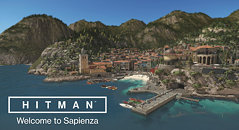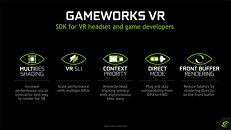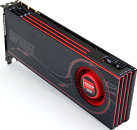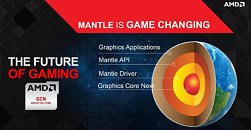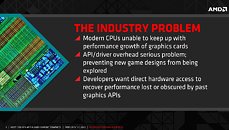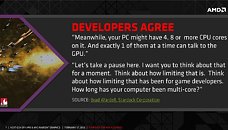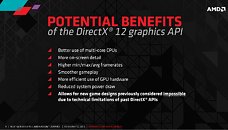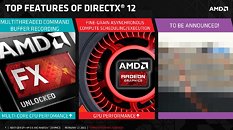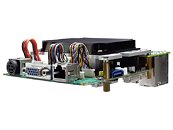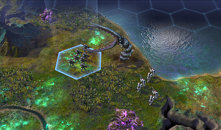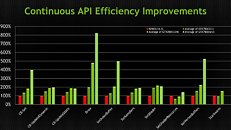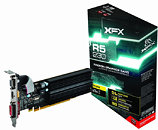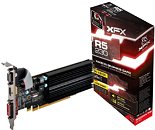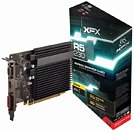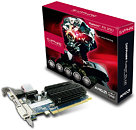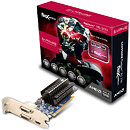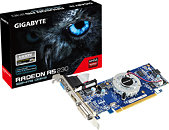
AMD Releases Radeon Software Crimson Edition 16.11.5 Hotfix
AMD today released the Radeon Software Crimson Edition 16.11.5 Hotfix, highlighting improved support for Watch Dogs 2, as well as the addition of a new AMD CrossFire profile for Dishonored 2 under DirectX 11.
As for other important tidbits, this release fixes instances of flickering on The Division and Battlefield 1, both occurring when using AMD Crossfire technology. As always, you can grab the drivers right here at TechPowerUp - just follow the links below.Download: AMD Radeon Software Crimson Edition 16.11.5 Hotfix for Windows 10 64-bit | Windows 10 32-bit | Windows 8.1 64-bit | Windows 8.1 32-bit | Windows 7 64-bit | Windows 7 32-bit
As for other important tidbits, this release fixes instances of flickering on The Division and Battlefield 1, both occurring when using AMD Crossfire technology. As always, you can grab the drivers right here at TechPowerUp - just follow the links below.Download: AMD Radeon Software Crimson Edition 16.11.5 Hotfix for Windows 10 64-bit | Windows 10 32-bit | Windows 8.1 64-bit | Windows 8.1 32-bit | Windows 7 64-bit | Windows 7 32-bit






